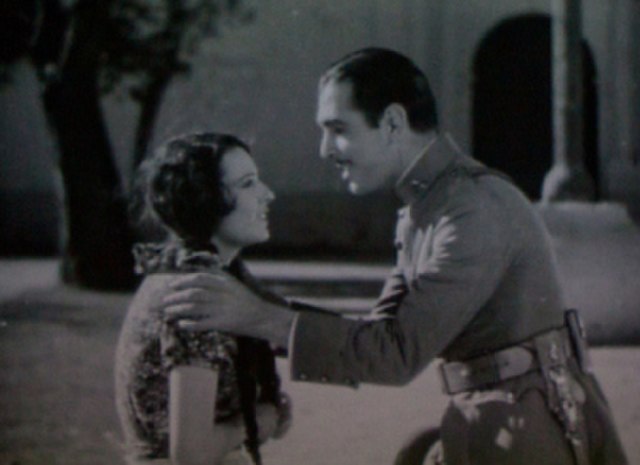Mexican cinema dates to the late nineteenth century during the rule of President Porfirio Díaz. Seeing a demonstration of short films in 1896, Díaz immediately saw the importance of documenting his presidency in order to present an ideal image of it. With the outbreak of the Mexican Revolution in 1910, Mexican and foreign makers of silent films seized the opportunity to document its leaders and events. From 1915 onward, Mexican cinema focused on narrative film.
Teatro de los Insurgentes a visual history of the theatre in Mexico on the building's façade.
Lupe Vélez, Mexican silent film actress. La Zanduga was the first Spanish-speaking movie Lupe Velez started in.
Image of Ramón Novarro.
Lupita Tovar, in the film Santa. Mexico's first talkie movie.
Emilio "El Indio" Fernández Romo was a Mexican film director, actor and screenwriter. He was one of the most prolific film directors of the Golden Age of Mexican cinema in the 1940s and 1950s. He is best known for his work as director of the film María Candelaria (1944), which won the Palme d'Or award at the 1946 Cannes Film Festival. As an actor, he worked in numerous film productions in Mexico and in Hollywood. He was the father of the Mexican actor Jaime Fernández.
Emilio Fernández in the film The Soldiers of Pancho Villa (1959)
Tribute poster at the Cineteca Nacional de México to Emilio "Indio" (Indian) Fernández for his 80 years, 1984.
Fernández with Marilyn Monroe in 1962
The door of his house at Calle de la Dulce Olivia, 1, Coyoacán.








